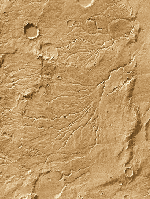|
Water
- H2O
Water makes up most of the mass of most living things, including humans. Water is the solvent of choice for most ionic reactions, for many acids and bases, and is used in large quantities in many industrial processes. Chemically, it has some unusual properties. Hydrogen bonding between adjacent molecules causes it to have a higher than expected boiling point and high viscosity, as well as resulting in expansion upon freezing. In first-year chemistry courses, chemical equilibria, solution reactions and acid-base properties are all discussed in terms of substances dissolved in water. This is because water is the most commonly encountered solvent, and because it is the solvent in all biological processes.
|
|||||||||||||||||
|
click
to enlarge |
|||||||||||||||||
|
|
|||||||||||||||||
More information



